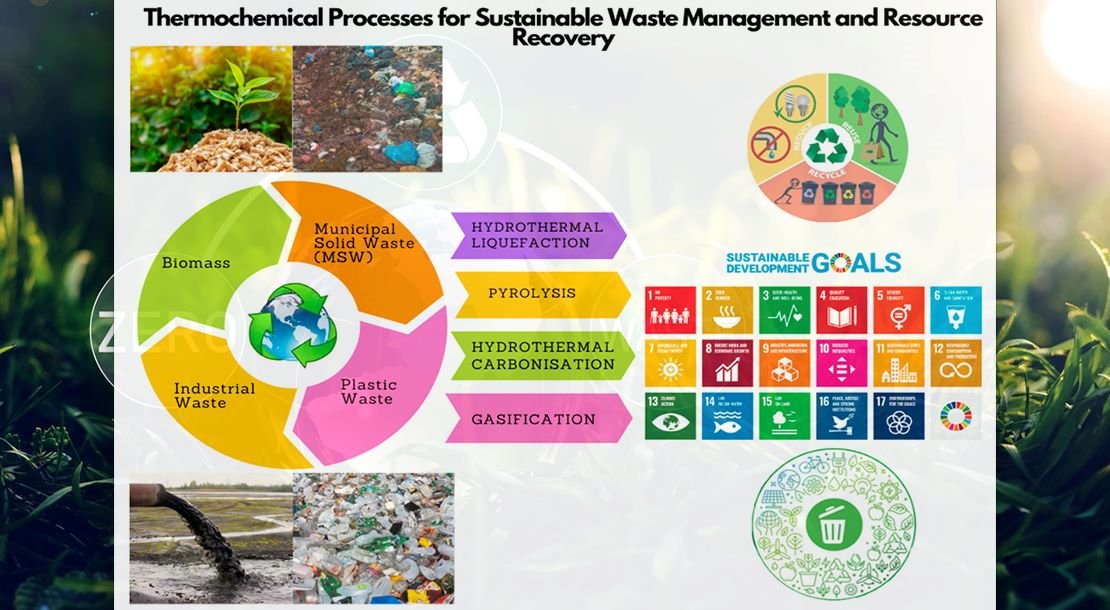
Introduction
A non-profit organization is a group that works for the betterment of society and whose core objective is different from earning money and profits. In recent years, the non-profit sector in India has witnessed an extraordinary surge in growth and development. Initially numbering 1.2 million, there are now 2 million nonprofit organizations, predominantly run by 19.2 million volunteers.
These organizations, driven by a profound commitment to societal welfare rather than profit, address a myriad of challenges ranging from the eradication of poverty and ensuring universal education to healthcare and employment. The core factor in the success of non-profit organizations is that they do not share their surplus earnings with their shareholders like for-profit businesses do. Instead, they use the money to further a certain social cause or promote a similar viewpoint. In addition to this, currently, NPOs are having a bigger impact on global issues, and the World Bank estimates that they are responsible for almost 15% of all foreign aid. With intergovernmental organizations like the United Nations or the World Bank, many of the biggest and most important non-governmental organizations have connections or formal affiliations.
NPO in India
Nonprofit organizations are essential to the community because they give people a way to learn about social concerns. They were expressly established to assist communities in overcoming certain problems; doing so raises awareness of those problems and motivates change.
These groups act as a link between democracy and capitalism. Being active and current with the world around you is crucial in today’s economy. It’s essential to be informed and aware of what you can do to support your neighborhood and country, given how quickly things are changing. These organizations meet specific criteria as they have an institutional identity, operate independently from the government, and are non-profit, self-governing, and voluntary.

An organization that is not-for-profit may register in India as a society with the Registrar of Societies or as a Trust by creating a Trust deed, or a section 8 company under the Companies Act, 2013. Non-profit organizations in India are quite different compared to Western countries, where non-profits have reached a mature stage and contribute significantly to issues like anti-smoking campaigns, awareness about life-threatening diseases, and promoting balanced diets, Indian non-profits are primarily focused on fundamental challenges such as poverty, education, mid-day meals, female foeticide, and access to clean water.
Undoubtedly, India may be the best testing ground for understanding the difficulties nonprofit organizations have while seeking to expand when funding is limited. Indian organizations may be the best resource for overcoming these obstacles and acting as powerful social change agents.
While their objectives are noble, many non-profits struggle to make their voices heard amidst the cacophony of issues in the country. The sector’s success lies in participatory methods, understanding community needs, and providing transparent, accountable solutions. To achieve the same, the best way to connect with stakeholders is via social media. The advent of social marketing strategies has emerged as a powerful catalyst, enabling these organizations to amplify their impact and reach a wider audience. At the heart of this transformation lies the understanding that non-profits are more than just charitable entities; they are agents of social change. The essence of social marketing strategies lies in their ability to induce behavioral changes for the benefit of all sections of society.
Social marketing strategies: These strategies encompass a spectrum of vital components, including meticulous planning, effective communication, strategic distribution, and thorough research. Some of the strategies are
- Content Marketing to Increase Website Traffic
- Effective Utilization of Social Media
- Free Advertising up to $10,000 Per Month Using Google Ad Grants
- Persuasion for Volunteers
- Fundraising Campaign
- Collaborating With Events Embracing the digital era, nonprofits are beginning to harness the potential of social media platforms such as Facebook, LinkedIn, and Twitter.
Conclusion: There is no set formula to follow when developing a social media marketing strategy since they is never constant. The most crucial element is to identify the target audience and provide material that will be beneficial to them. Some organizations have seamlessly integrated social media into their marketing endeavors, but a significant portion, constituting 49%, still relies on traditional methods.
The conventional media does not always reach the people, and their involvement is low. This divide highlights a crucial need for education and awareness within the non-profit landscape, emphasizing the importance of digital outreach in today’s interconnected world. The adoption of social marketing strategies stands as a defining moment for the non-profit sector in India. By embracing these techniques, organizations can bridge the gap between intent and impact. These strategies not only facilitate communication with stakeholders but also empower non-profits to fulfill their objectives effectively. Through effective digital outreach, recognition of volunteers, and strategic collaborations, the nonprofit sector can pave the way for sustainable societal change. The evolution from traditional approaches to dynamic, digital engagement is not merely a necessity but a promising pathway toward a future where every non-profit’s mission finds resonance and support in the hearts of the masses.


















